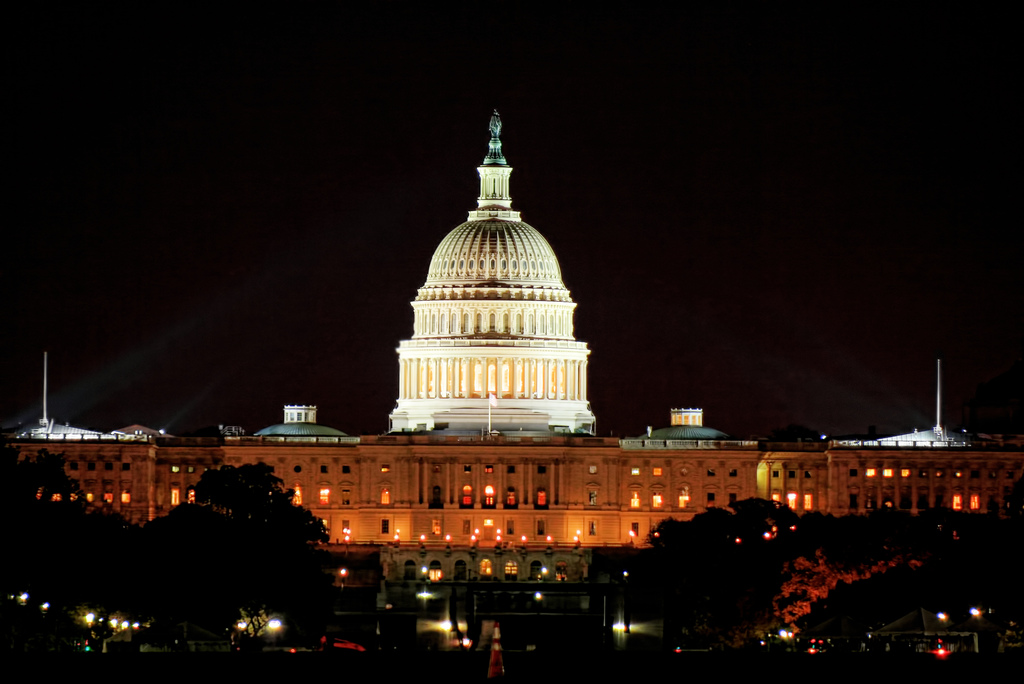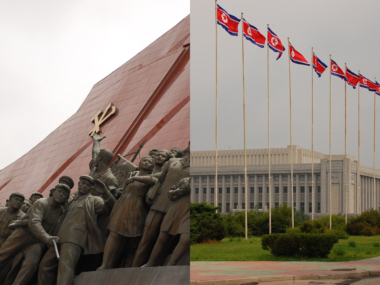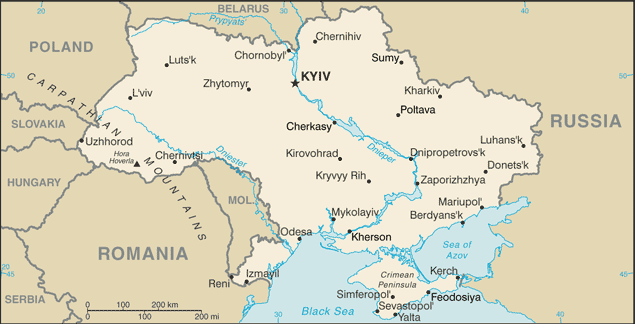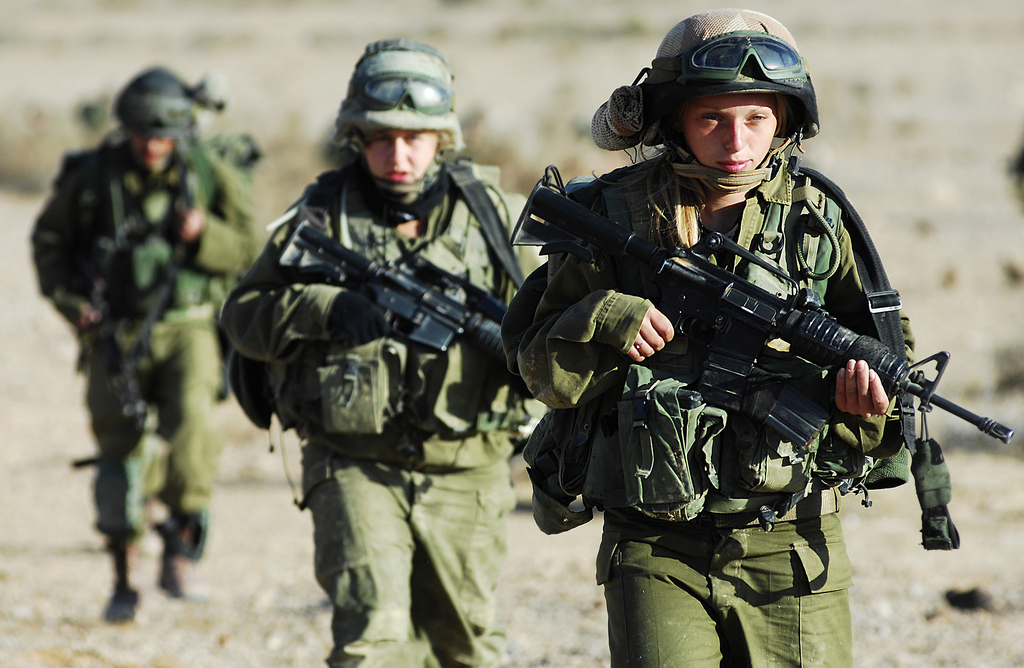Guest post by Jaclyn Johnson
Since the invasion of Ukraine, there have been many flashpoints of Russian military disloyalty. In one of the more dramatic displays, Russian Colonel Yuri Medvedev was run over by a tank and killed at the hands of his own brigade. Other examples include intercepted phone calls with Russian soldiers expressing grievances, complaining of frostbite and a lack of food.
The quagmire that the Russian military now finds itself in is a far cry from the assertive dominance over Ukraine that many observers expected. Putin, being a forward-thinking, regime-securing strategist, has taken serious measures to ensure that his top generals cannot stage a military coup against him. Given these measures to secure power, consensus is forming that it is unlikely that Putin will be ousted at the hands of his own military in the immediate future.
However, coups are not the only meaningful form of military rebellion.
Military mutinies and defections continue to mark this conflict. Mutinies, in this context, are the blatant disregard of orders handed down from Russian military leadership or unauthorized actions, such as running one’s own Colonel over with a tank. Russian soldiers may also decide to defect from the Russian military and join the side of Ukrainian combatants or civilians. Some of these events have been marked by remarkable kindness from Ukrainian civilians, which is likely a strategic choice made by Ukrainian interceptors.
Based on what researchers know about mutinies and defections, the Russian invasion of Ukraine is the “perfect storm” scenario. The invasion of Ukraine—along with the structure of the Russian military—generate all of the conditions under which mutinies are most likely.
Anecdotally, conscripted armies experience more mutinies and defections than those that rely on volunteer service. For example, the Israel Defense Forces (IDF) conscripts uniformly, even across gender. The IDF is quite mutiny prone, especially when considering its ample access to resources. Conscription drives military rebellion by forcing non-career military to serve. These individuals recognize that after service, they will return to civilian life. They have a strong incentive, therefore, not to distance themselves from the civilian population.
Russia’s military relies on both contract and conscripted soldiers, but as the war continues to drone on, Russia is likely to increasingly draw on conscript labor as the specialized “high readiness” units staffed by contract soldiers are depleted. This shift in recruitment patterns will likely spur even more rebellion.
What is more, in contexts where soldiers share linkages with the civilian population, ethnic or otherwise, they are more likely to resist executive or military leadership calls for repression. In 2009, a mutiny sprung within the IDF as soldiers took a pro-settler stance. As Rabbi Elyakim Levanon explained, “The military… must understand there are some soldiers who cannot implement these orders. It is like asking a man to strike his brother.” Soldiers, across contexts, take into careful consideration the costs of repressing civilians. Similarly, during the Chechen War, Russia experienced several mutinies. The most significant came in December of 1994, when four top generals halted their forces and refused to fire at local civilians. The Kremlin responded by firing these generals for “indecisiveness.” One prominent feature of the invasion of Ukraine is that many Russian soldiers know Ukrainians personally or recognize the social networks that transcend the international border between the two states. The thin nature of the border between these two states generates incentives for soldiers to mutiny and defect.
Mutinies and defections—and even coups—can also be catalyzed by protests. Many observers are examining how non-violent civil resistance might impact Putin’s calculus in Ukraine. Though a coup remains unlikely in the Russian context, protests could result in mutinies that ultimately hinder the war-fighting capacity of the Russian state. Russian dissidents, despite facing steep individual costs related to the Kremlin’s propensity to squelch contention, might be encouraging military disloyalty. In the face of protests against Putin, soldiers have a choice: to continue at the behest of the executive or distance themselves from the executive.
The very actions that Putin has taken to prevent a coup in Russia might also be facilitating lower levels of rebellion. There is evidence that “coup proofing” tactics can generate incentives for defection. Putin has tried to reduce incentives for defection in part by employing mercenary groups, such as The Wagner Group. However, the use of this for-profit group may generate grievances in the state’s military given that Wagner mercenaries are well resourced, while Russian soldiers are going hungry.
Given the conditions of the invasion, the likelihood of mutiny and defection remain high, but what does this ultimately mean for the conflict? A despot is only as strong as their military is resolute. The natural response is to view swelling military disloyalty as a sign of Putin’s tenuous grip on power and lack of success in Ukraine. However, a more nuanced understanding suggests that mutinies and defections are creating a scenario of parity between Russia and Ukraine. If war is a process of learning, parity is dangerous, as both parties must continue to fight and escalate violence to display capability and resolve. Putin has shown that when he cannot be immediately successful, he will turn to more destructive measures, as was the case in Syria. Acts of disloyalty may generate frustration in the Kremlin and a pivot to more destructive means of war. The coming weeks in Ukraine might result in more civilian suffering than the international community is prepared to see.
Jaclyn Johnson is a Visiting Assistant Professor at the University of Kentucky.







1 comment
One issue that this article should perhaps address. There are lots of ways for disaffected enlisted troops, NCOs and even junior officers to invisibly mutiny, feigned incompetence, slow-working, failures to maintain equipment or finding non-existed not-my-fault faults that require time-consuming repairs, misdirecting cargo…
Moreover, though Putin’s Russia is an authoritarian, undemocratic and somewhat repressive state – it’s not North Korea or Stalin (and Lenin’s) police state. Putin does not (yet) have a Beria, Yezhov, or Felix Derzhinsky, or the system of gulags the former USSR had. This limits his ability to silence bereaved mothers and wives, siblings. It is also worth remembering that wounded and maimed troops historically have outnumbered the dead by at least 3:1, but the US experience since the advent of body armor (and fast medical care) has trended to 10-20:1 If the Russians have had 15,000 killed, their wounded is likely at least of the order of 45-50,000 out of a front line force of maybe 100,000 to 150,000 – that’s more than ⅓ to ½.